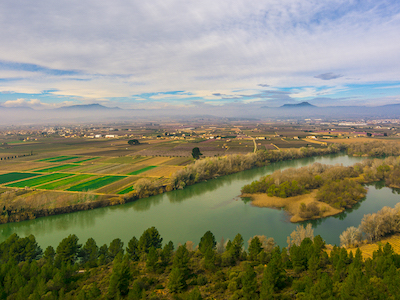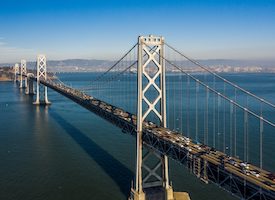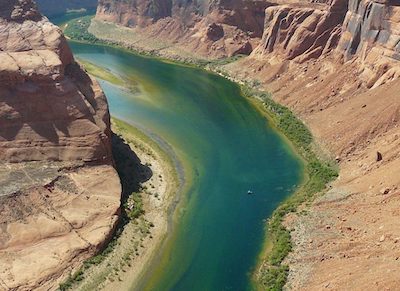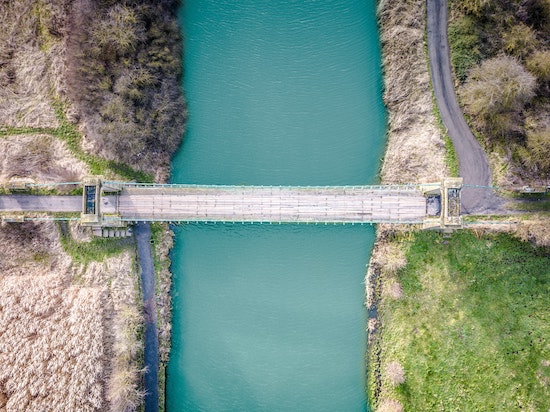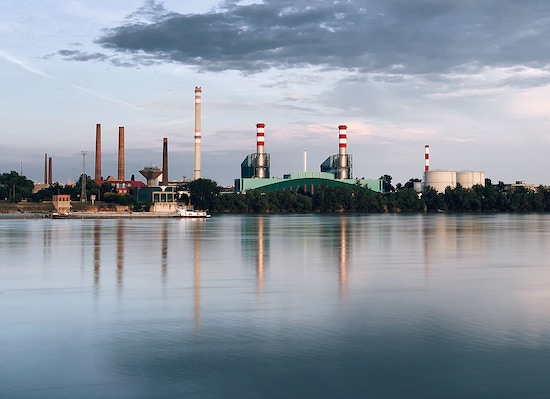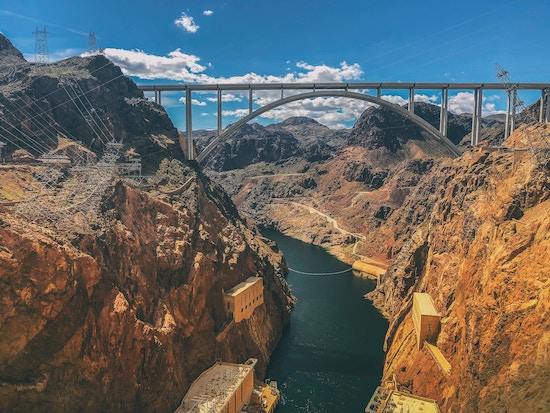This newly released guide is intended to help companies address shared water challenges—and to focus their efforts in the right high-priority places.
There’s no doubt that companies and other stakeholders are interested in mitigating their water risks and ensuring water security in the long-term.
Water systems in most large urban areas like California’s Silicon Valley are linear and highly centralized.
As large users of natural resources, including water, the private sector has disproportionate impacts and dependencies on natural capital.
The Colorado River Basin is the lifeblood of the West, providing water to more than 40 million people in seven U.S. states and two states in Mexico.
WRI, Pacific Institute, and the CEO Water Mandate are working with businesses to develop a database on public water management in the U.S. and Mexico. This forum invites businesses to collaborate, address questions, and learn about the project.
The project aims to gather data on the state of public water management by industrial facilities to develop an open-source geo-database.
Climate change is impacting all regions of the world, cutting across all sectors of society. It is closely connected to water resources, leading to more floods, droughts, poor water quality, and increased water demand due to higher temperatures – more water is needed for irrigation, drinking water, and industrial cooling.
A new report and interactive map examine the benefits and opportunities of installing sustainable landscapes on commercial and industrial properties, with a focus on the Santa Ana River Watershed in California.
An open letter to the High-level Political Forum for Sustainable Development from multi-stakeholder representatives of the water and development community, calling on the UN system and governments to build resilience through urgent action on water.

